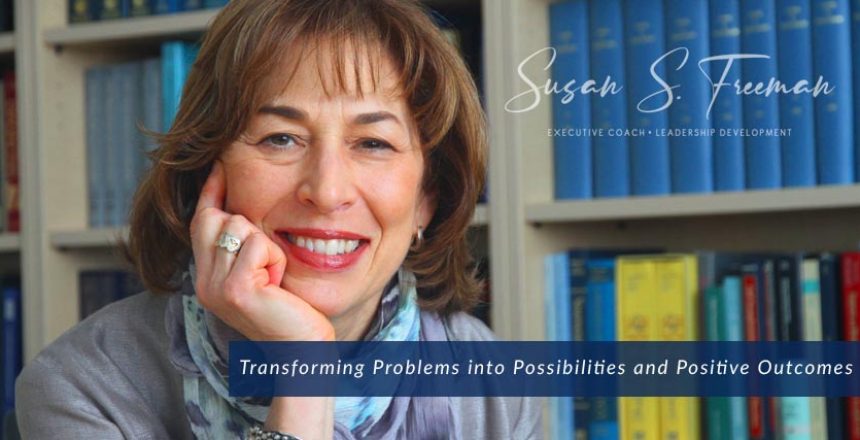 This week’s Step Up Leader Tip borrows from a recent article by from Daniel Goleman, well-known thought leader and author in the field of Emotional Intelligence. What Mindfulness Is – And Isn’t.
This week’s Step Up Leader Tip borrows from a recent article by from Daniel Goleman, well-known thought leader and author in the field of Emotional Intelligence. What Mindfulness Is – And Isn’t.
One of the foundational principles of Step Up Leadership is a strong, centered presence. Clients have demonstrated to me and themselves how this informs their ability to create a vision and act upon it effectively…
“Now that meditation has hit the cover of TIME, the Wisdom 2.0 conference has brought meditating executives to the headlines, and figures from Arianna Huffington to 50 Cent do the practice, a bit of backlash was inevitable.
But I was surprised to see my friend Tony Schwartz dissenting (at least a bit) in a New York Times blog “More Mindfulness, Less Meditation.” Tony’s sense of the working world ranks first class, but this time I think he got the facts wrong, in two ways.
To be sure, he nods to the well-established benefits of meditation: it lowers levels of the stress hormone cortisol, enhances the immune response, lifts mood, helps us recover more quickly from stress and sharpens focus.
But where he gets it wrong, in my reading of the data, is in expecting that practicing meditation should mean we experience fewer distractions. In fact the mind is wired to wander about 50% of the time, a Harvard study found (and FYI, it wanders most on your commute, while working, and when you’re looking at a digital screen).
The scientific data suggests it’s not that we have fewer distractions, but that we can handle them better. In fact, meditation takes advantage of the mind’s wiring to wander to create an opportunity for mental training.
Wendy Hasenkamp and Laurence Barsalou at Emory University used brain imaging while people meditated and found four basic moves: you focus on one thing (say, your breath), your mind wanders off, you notice it wandered, and you shift attention back to that one thing again. And you do this over and over again.
Turns out that this simple movement of mind strengthens connections among the brain’s circuits for concentrating. The more you practice, the stronger the connections.
This is the basic rep in our mental gym, quite akin to lifting free weights. The idea is not to stop our mind from wandering. The point is to be mindful of its wandering and shift to where you want it to be.
Some clarification here. “Mindfulness” refers to that move where you notice your mind wandered. With mindfulness you monitor whatever goes on within the mind. “Meditation” means the whole class of ways to train attention, mindfulness among them.
Some meditation methods just have you be mindful of whatever goes on within your mind – thoughts, feelings, fantasies, etc. – without judging or reacting; this self-awareness in itself tends to quiet the mind. But in contrast many meditation methods are concentrative – you continually bring your mind back to one point of focus like your breath or counting or a simple sound you repeat mentally. Concentrative methods use mindfulness to notice when your mind wanders so you can bring it back to that one focus.
The other place Tony gets it wrong is in the expectation that meditation will resolve our inner conflicts or fix dysfunctional relationship patterns. It was never designed for that – psychotherapy was. Mindfulness and psychotherapy are like hammers and saws – different tools for different jobs.
Except that it turns out the two in combination are particularly powerful – witness the rise of mindfulness integrated with cognitive therapy, which studies find to be one of the most powerful treatments for everything from depression to, just perhaps, dysfunctional relationship patterns. The first big discovery: John Teasdale at the University of Oxford found that mindfulness plus cognitive therapy reduced episodes of depression by 50% in chronically depressed patients who were not helped by any other means, from drugs to electroconvulsive therapy.”
My experience working with senior level leaders is that developing a centering practice of breath to change reactive, habitual patterns is worthwhile. Clients express dramatic ability to engage differently in the world; a true leadership presence. I find that working with where an individual is and helping them move forward in this direction has produced results-based evidence. When they connect the practice to engagement in the world, magic starts to happen.

